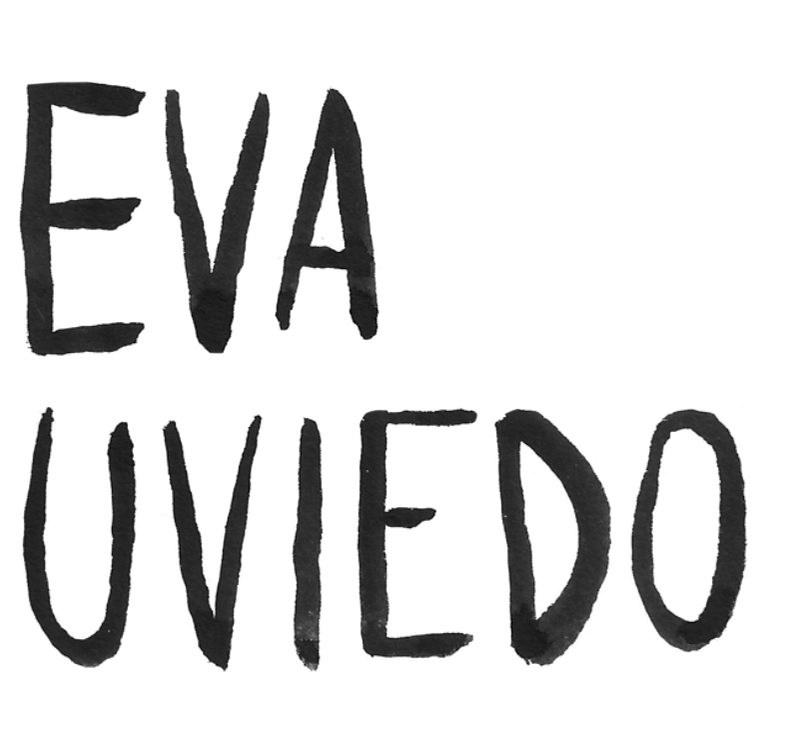A obra dialoga com a lenda guatemalteca sobre antigas civilizações soterradas e esquecidas, cujas cidades repousam sob as metrópoles modernas e florestas. Situada na parede de um convento de 1917, o mural representa raízes que se entrelaçam, evocando a memória dessas civilizações. A figura feminina, coberta por um manto de caminhos intricados, parece emergir dessas camadas históricas, conectando passado e presente. O contraste entre o ambiente desgastado do convento e a iminente transformação em edifício comercial reforça a tensão entre memória e progresso. As intervenções em papel de seda, delicadamente recortadas em formas de mapas, sublinham a fragilidade das lembranças ocultas que resistem à urbanização acelerada. O trabalho, ao incorporar a história e o espaço, reflete sobre o que permanece enterrado não apenas no solo, mas também na consciência coletiva.
The work, a site specific composed of two acrylic paintings on the wall and a third piece of overlapping painted craft paper, pages from a Catholic book and cut tracing paper. It dialogues with the Guatemalan legend about ancient civilizations buried and forgotten, whose cities rest beneath modern metropolises and forests. Located on the wall of a convent from 1917, the mural represents intertwining roots, evoking the memory of these civilizations. The female figure, covered by a mantle of intricate paths, seems to emerge from these historical layers, connecting past and present. The contrast between the worn-out environment of the convent and the imminent transformation into a commercial building reinforces the tension between memory and progress. The interventions in tissue paper, delicately cut into the shapes of maps, emphasize the fragility of hidden memories that resist accelerated urbanization. The work, by incorporating history and space, reflects on what remains buried not only in the soil, but also in the collective consciousness.
…
CIDADES ENTERRADAS, 2024
site specific / ocupação no Noviciado Nossa Senhora das Graças
Obra composta de duas pinturas acrílicas sobre parede
e uma terceira peça de sobreposições de papel craft pintado,
folhas de um livro católico e papel vegetal recortado
3 x 12 metros
site specific / ocupação no Noviciado Nossa Senhora das Graças
Obra composta de duas pinturas acrílicas sobre parede
e uma terceira peça de sobreposições de papel craft pintado,
folhas de um livro católico e papel vegetal recortado
3 x 12 metros
